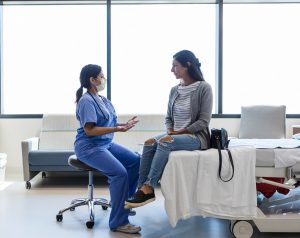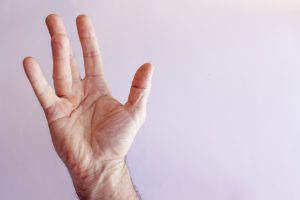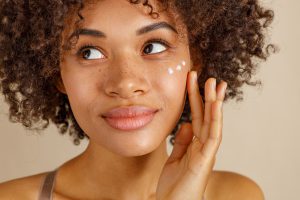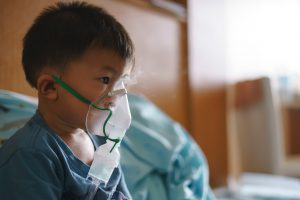 Stress is a common part of life for most Americans. It can often be traced back to the workplace, with approximately 83% of workers experiencing work-related stress, but major world events and aspects of daily life such as the COVID-19 pandemic have also had a widespread mental health impact.
Stress is a common part of life for most Americans. It can often be traced back to the workplace, with approximately 83% of workers experiencing work-related stress, but major world events and aspects of daily life such as the COVID-19 pandemic have also had a widespread mental health impact.
While stress is unpleasant to experience in itself, it can also lead to various other problems when it comes to interpersonal relationships, productivity at work, and overall mental and physical health.
Effective stress management is essential for living a healthy life. It’s important for you to set realistic expectations for yourself, identify controllable factors in your life that are causing you stress, and tackle them directly. One effective way to do this is to set SMART goals.
SMART goals are specific, measurable, attainable, relevant, and time-bound. They allow you to understand the process required for achieving a goal and accurately track your progress. For example, you might be facing stress related to a job opportunity you’re applying for. You can set a SMART goal of pursuing that opportunity by:
- Outlining the specific factors that are most important for getting the job
- Making those factors measurable
- Setting an attainable goal for improving the factors you’ve outlined
- Identifying the relevance of those factors to your overall desirability as a candidate
- Making the goal time-bound by setting a date by which you’ve improved the factors you identified
If you need help setting SMART goals or managing your stress, you can schedule an appointment with a psychiatrist at Jamaica Hospital Medical Center’s Mental Health Clinic by calling (718) 206-5575.
All content of this newsletter is intended for general information purposes only and is not intended or implied to be a substitute for professional medical advice, diagnosis or treatment. Please consult a medical professional before adopting any of the suggestions on this page. You must never disregard professional medical advice or delay seeking medical treatment based upon any content of this newsletter. PROMPTLY CONSULT YOUR PHYSICIAN OR CALL 911 IF YOU BELIEVE YOU HAVE A MEDICAL EMERGENCY.









